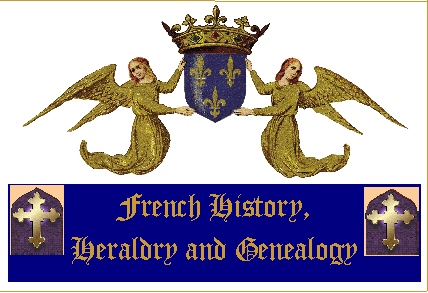

Royalty and the Peerage
THE NOBILITY AND GENEALOGY:
Written and researched by Margaret Knight Sypniewska, B.F.A.
| During the eleventh century, the first attempts were made to construct family histories. It was especially important to noble families to find a biological connection to the kings. Many could trace their lineage to Charlemagne (742-814), King of the Franks and Roman Emperor (800-814), by this time, since Charlemagne's descendants had been multiplying for 200 years. Many nobles claimed Carolingian blood. Noble birth was crucial even before the eleventh century. In practice, many nobles were descended from kings. However, if a noble could prove his kingly connections, there would also have been many more non-noble ancestors. Sir Thomas Posthumous Hoby was descended from one British gentleman of learned courtier-knights. In 1596, he married an heiress from North Riding, Yorkshire. They were both Puritans. Many opportunists would find a "titled" wife to wed, and thus inherit her money. Some say this was good for the line, since it introduced "new blood" and prevented genetic defects brought on by intermarriage with close cousins (the Hapsburg family would first come to mind there). Many nobles sought to keep outsiders from marrying into their lines, wealth was generally given to the "first born" son, however, if that noble bred only daughters, then there was no choice, and the title and land went to his daughter's new husband. One English "Gentleman," Sir Thomas Posthumous Hoby, was descended from a family of learned knights. In 1506, he married an heiress from North Riding, Yorkshire, England, named Margaret Dakins. He was her third husband. They were both Puritans. |  Details from Tres Rihes Heurres de Duc de Berry-Limbourg Brothers (Franco-Flemish) |
EARLY MEDIEVAL NOBLES:
Early medieval nobles were tremendously wealthy, extremely powerful, ---- and very scarce.
What is a gentleman is not easy to define. Basically they are non-noble landowners and their reputation was often based by the acre of land owned.
Many monasteries had noblemen's son's as monks, and convents housed many a cast-off dowager and her daughters. The noble's divine devotion to the church was a part of their social structure.
The power of early nobles came from being good warriors, a strong sword arm meant favors. Many early nobles were mercenaries and brutish by most standards. However, later nobles were granted land for their loyality to various rulers. So the kings and the nobility had a very close relationship.
Nobles helped the king control his kingdom and were in charge of certain towns/villages as lords, counts, viscounts, earls, etc. Many of these terms developed as time went on and more nobles and different degrees of power were favored by the king. So, you could say that nobles were demi-kings within their own areas of rule.
The count was the lord of the county, and administrator. The medieval count was the chief administrative, judicial, financial, and military official in the area. In the late ninth or tenth century viscounts began to be common, these men acted as the count's representatives, and ruled a smaller domain (one portion of the count's county). Duke came next or at about the same time. The Duke was essentially a powerful count, and held a group of counties in his charge. For example, in the early twelfth century the duke of Aquitaine controlled most of the counties in SW France, and was considered, by some, to be more powerful than the French King himself. The Dukes of Normandy ("dux") later became the Kings of England.
KNIGHTS:
Knights began as a distinct commodity, separate from the nobility in the fourteenth century. Knights or "miles" (in French) were fighting professionals, not noble themselves but they served the nobility. Most knights fought on horseback and foot. The idea of "Chivalry" wasn't developed until the twelfth century. The knight's codes were non existent before then. Robbers and mercenaries could be knights as easily as honorable and loyal soldiers. All they had to have was the killing instinct. Knights of the eleventh century were closer to peasants than to their "lords." It was only later in history that knights broke away from their low status.
The appearance of castles occured as a by-product of knights. Castles were fortresses and knights protected the citizens within their walls. In Europe, nearly all castles postdate the 1066 Norman Conquest. William the Conqueror used castles as a major tool in consolidating power over his new country. (Brittain, Constance, STRONG OF BODY, BRAVE & NOBLE: Chivalry and Society in Medieval France)
Kings arranged for their children's marriages, especially their daughters, to nobles as payment for services well done. Nobles fought alongside their kings. Today, we get the romantic picture of nobility with wealth, power, and birthright. They fought on horseback with armor and sword. However, only in the High Middle Ages did mounted warfare become an aristocratic pursuit.
EDWARD I:
Edward I (1272-1307) enhanced his reputation while on the Crusades. His subjects remembered him during the Baron's War. Edward wanted power to be in his own hands not wishing to have a committee of baronial advisors. He never allowed his companions, clergy, of his family to dictate his policies. However, many kings relied on their barons, dukes, and earls to help them run their kingdoms and often requested their help and borrowed their money.
In 1524, there were approximately 200 knightly families in England. There were 4,000 - 5,000 lesser esquires and gentleman. By 1600 there were 500 knights and 1600 esquires/gentlemen. By 1690 there were 780 baronets, 620 knights, 3,000-3,500 esquires and 12,000 - 20,000 gentlemen.
TITLES OF
THE BRITISH PEERAGE:
(from New York Public Library Desk Reference (second edition)
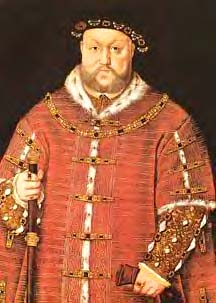
ROYALS OF GREAT BRITAIN:
[Sites with an * are authored by Margaret Odrowaz-Sypniewska]
EUROPEAN ROYALTY AND NOBILITY Royalty:
European Royalty and Nobility
Henri van Oene's Royal Genealogies Page
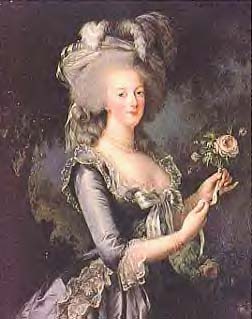
FRENCH:
| Royal Genealogies -- Menu | * The French Crown Jewels | Louis XIV, The Sun King | French Rulers |
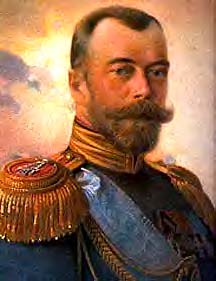
RUSSIAN:
AUSTRIAN:
HUNGARIAN:
* Austrian Crown Jewels
* The Knecht Family
| Rulers of Hungary | *Dracula, Prince of Wallachia (formerly Hungary - now in Romania) |

GERMAN:
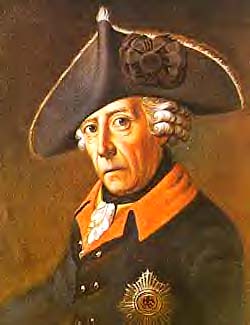
PRUSSIAN:
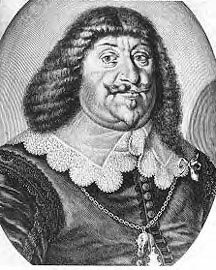
POLAND:
Zwiazek Szlachty Polskiej (Association of Pol...
* The Sypniewski Family
* Polish Royalty
* Polish Kings
| A Glossary of European Noble, Princely, Royal, and Imperial Titles | The Incomplete Peerage | Errors in Burke's Peerage |
ASSORTED ROYAL HISTORY LINKS:
MY FAMILY PAGES:
SOURCES:
Brittain, Constance, STRONG OF BODY, BRAVE & NOBLE: Chivalry and Society in Medieval France
You are number visitor since August 30, 2006